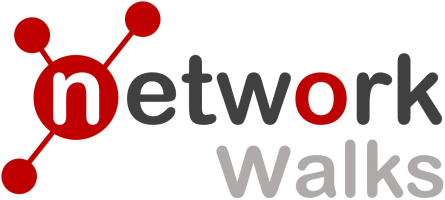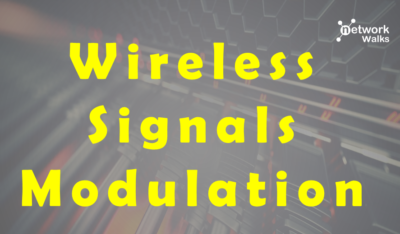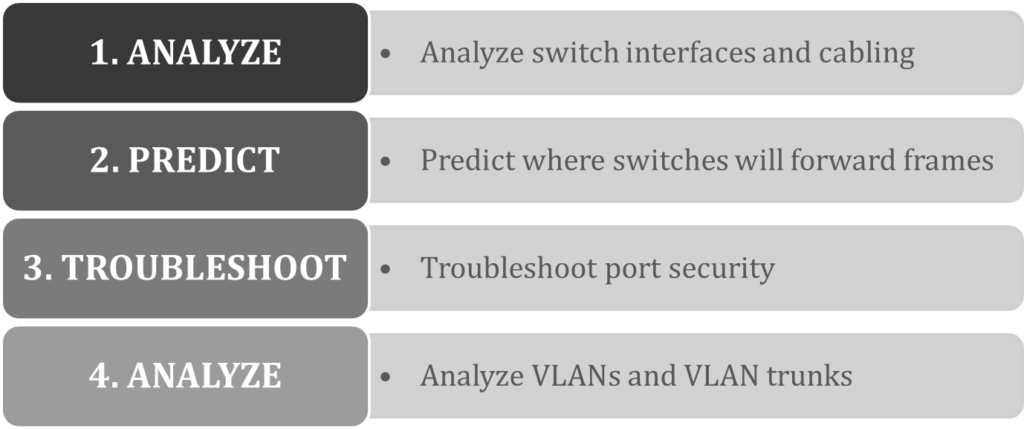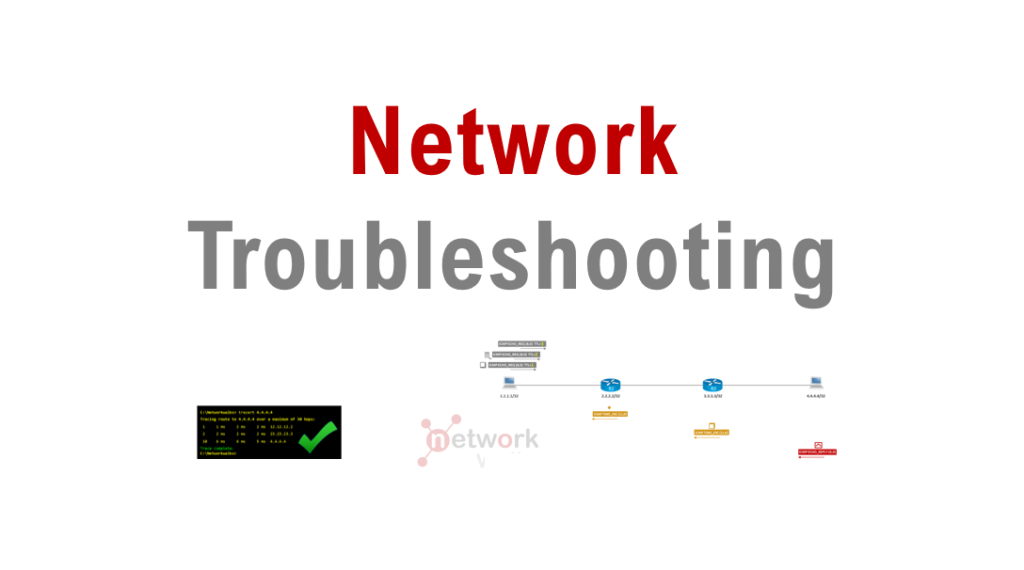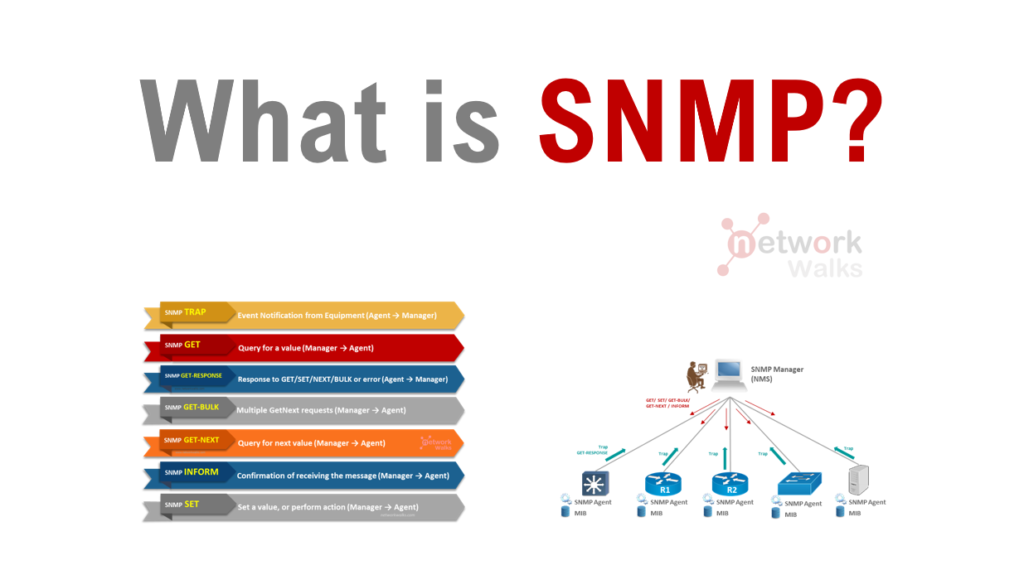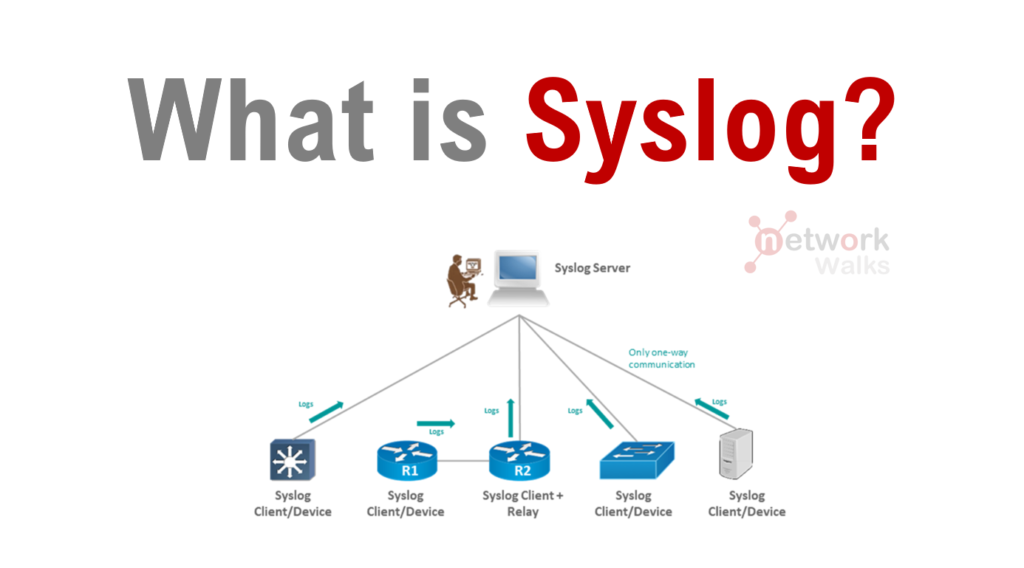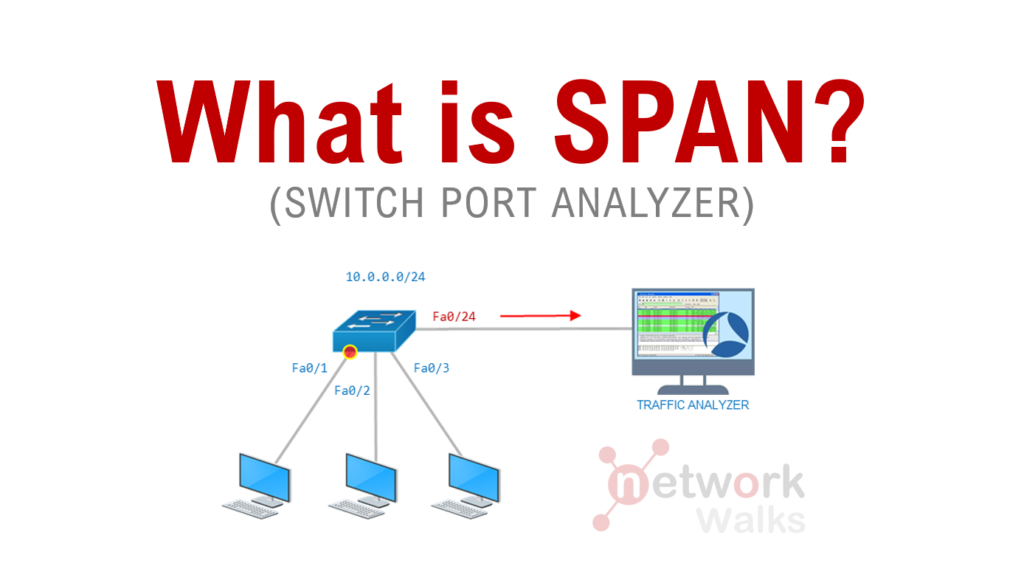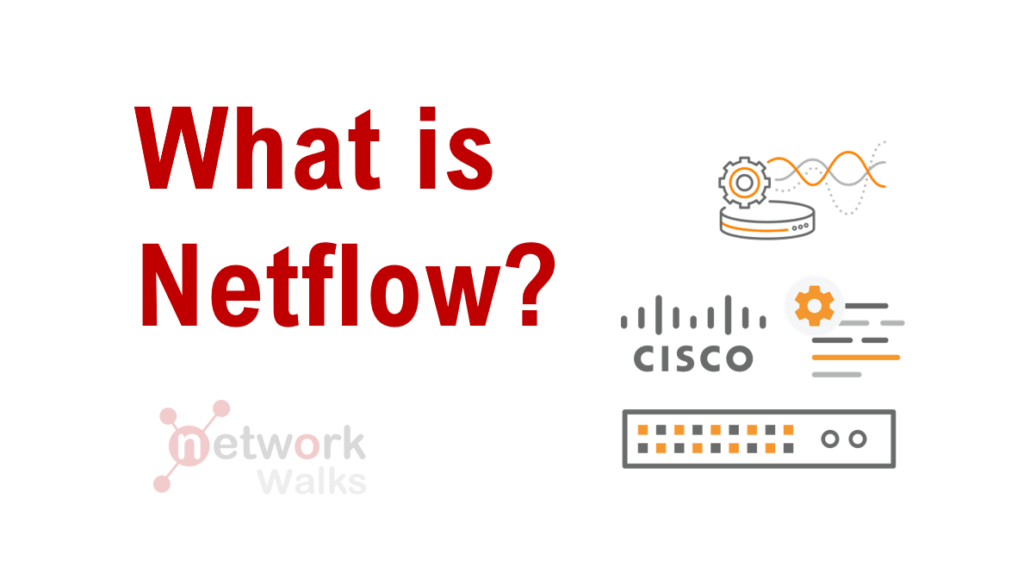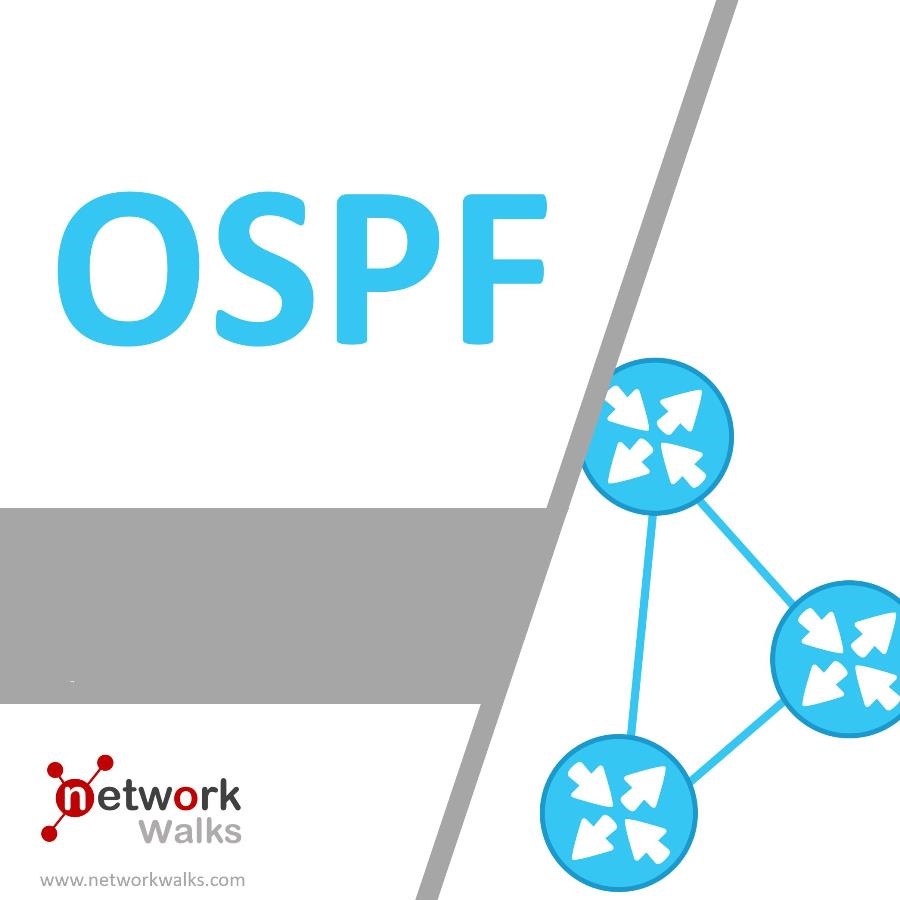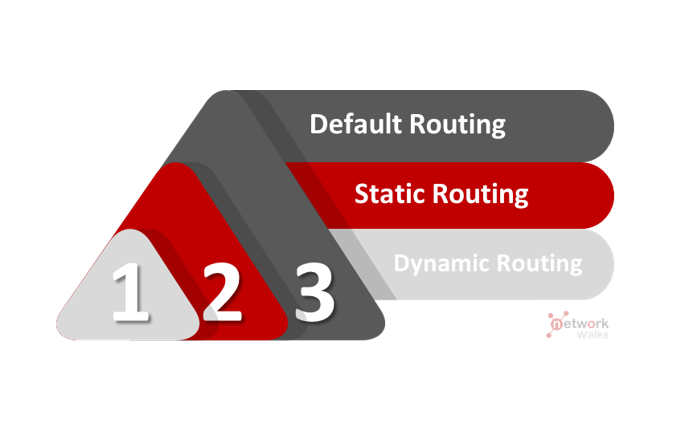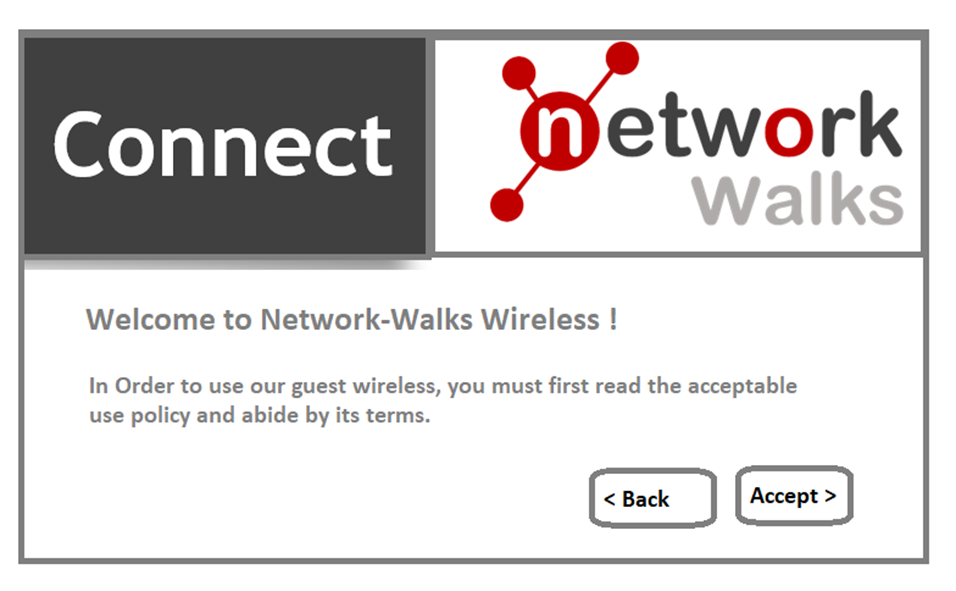
Understanding wireless & WiFi Roaming is very important in WLAN and WiFi computer networking. It occurs when a wireless client moves around in a region with many access points (APs). It may switch automatically to another access point (AP) with more preferred signal strength. Understanding Wireless Roaming Types The wireless roaming types are: Intra-Controller roaming, Roaming between controllers (L2 Roaming and L3 Roaming), and Roaming between Autonomous APs Understanding Wireless & WiFi Roaming between Centralized Controllers Also referred to as Inter-controller roaming. In this case, as the wireless network expands there are chances that the client needs to Read More …
